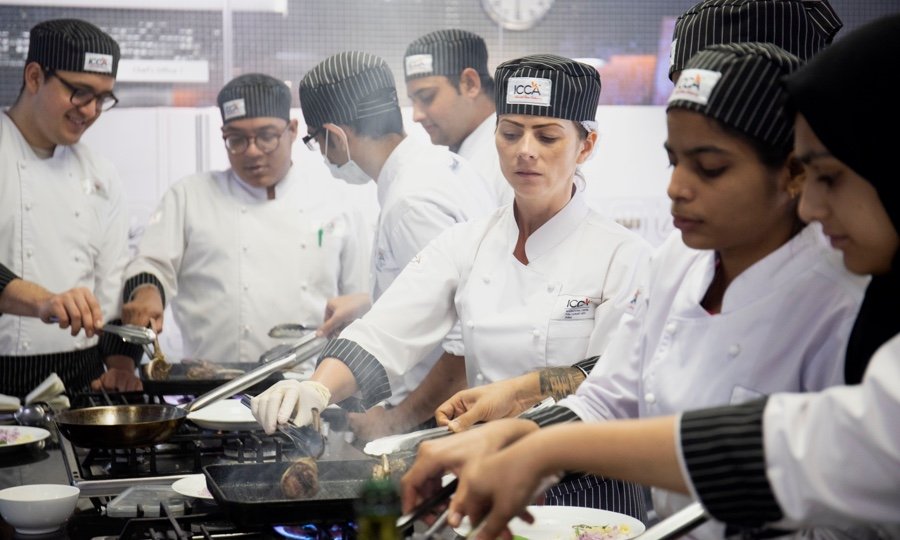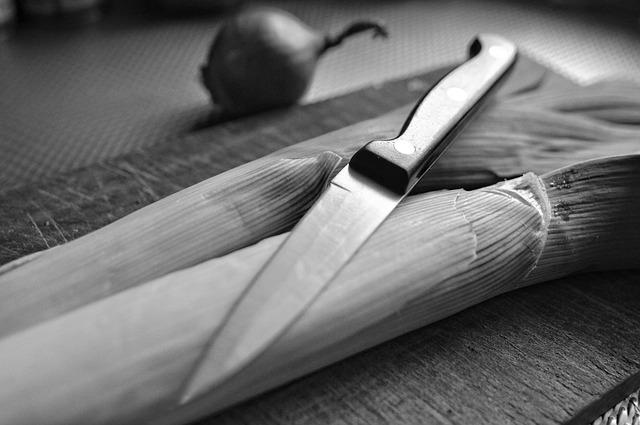
Your kitchen will be safe if you follow these safety tips. You should be mindful of potential hazards in your kitchen. These include electric fires, choking hazards, or fires. Keep reading for more safety tips in the kitchen. Here are some of our top picks:
Fire hazards
The kitchen is one the most hazardous areas of the house. Serious injuries can result from common kitchen hazards. While most accidents can be avoided, some can be life-threatening. With a few simple precautions, most kitchen injuries can be prevented. You should seek immediate medical attention if there is any injury. Even if it seems like only a minor ailment, you may be hiding an internal injury that may not be visible for days.
Electric fires
Although electric fires in kitchens can sometimes be unpredictable, there are basic safety precautions that can prevent them from causing damage. Do not overload an outlet with electricity and do not use water or other liquids near heat-generating devices. You should unplug appliances not intended to be used in conjunction with water or other liquids. It is important to avoid overloading outlets. This can lead to dangerous situations, and can even cause trip breaker.

Stoves
A major factor that contributes to house fires is leaving something unattended on a kitchen stove. While they are away for the day, or just to get a quick nap, people leave kitchen stoves on. It is important to ensure that you don't leave any items near the stove. You can also set a timer so that it doesn't take too long. Potholders should be used to catch any packaging which might fall onto the stove.
Choking hazards
Choking in the food preparation area can be dangerous. Even small objects, children can choke on anything. Parents need to be extra vigilant about their children's safety. Check behind couches, under furniture and any other places where children might reach. In addition to keeping choking hazards out of sight, parents should also know CPR and keep a phone nearby for emergencies. Children should be taught how to childproof cabinets and drawers in order to avoid choking in the kitchen. Children should be watched while they eat. Foods should be cut into 1/2 inch pieces.
Cross-contamination
Cross-contamination of food in the kitchen is a very common problem. Cross-contamination can occur when equipment transfers large quantities of potentially dangerous bacteria to food being made. Cross-contamination is a problem regardless of whether a machine was used to cut meat or to create glassware. In 2008, a meat slicer was infected by listeria. Cross-contamination may not always be possible. But, you still need to take steps to prevent cross-contamination.

Hand washing
Proper hand hygiene is an important part of food safety. Workers must wash their hands regularly and often in order to ensure food safety. It also requires rigorous training and the proper set-up of hand washing stations. Proper handwashing can dramatically reduce cross-contamination, and help to create safer environments for food production. Hand washing is crucial for food processing plant safety. It should be taught in training sessions and displayed prominently in the workplace. In addition, hand-washing will also help produce a cleaner and healthier end product.
FAQ
What Are the Requirements To Be a Chef?
To be a chef you need a bachelor's level in culinary arts. In addition, you need to pass a series of tests administered by the ACF. Once you've completed these requirements, you'll receive a certificate verifying your qualifications.
How can I get hired to be a chef?
First, you need to earn a culinary arts diploma in order to get a job working as a chef. Next, you should join a professional association such as the American Culinary Federation (ACF). This organization provides certification exams and offers networking opportunities.
Can you learn to cook on your own?
Yes, you can self-teach cooking! Cooking is one of those things that everyone loves doing, whether they know how to do it or not. You can learn to cook by starting at home. Start small, such as making pancakes for breakfast and spaghetti sauce at dinner. Experimenting with new recipes is the best way to learn to cook. It's possible that you will make mistakes.
Cooking can take anywhere from a few hours to several months depending on the skill level. Cooking is more than following recipes. There are many ways to cook food. If you have an idea, follow it.
Do I require any special equipment?
Cooking doesn't require special equipment. However, the right tools can make it easier to cook. A knife can be used instead of a fork when making pasta, or a whisk could be used to whip up stiff egg whites. You can make cooking more enjoyable and easier by having the right tools.
What are the advantages of using a slow cooker to cook?
Slow cookers are useful because they can make delicious meals in a fraction of the time. Slow Cooker Recipes are often healthier than traditional recipes because they require less oil and fat. Additionally, slow cookers are more convenient than traditional recipes because they take care for themselves while you're sleeping.
How can I motivate myself to cook?
Sharing meals with family and friends is the best part of cooking. It is easier to cook for yourself than for others. You can be inspired to cook if you try something new. You will be able to learn new techniques and ingredients. Additionally, you can learn about new ingredients and techniques by incorporating recipes from different cultures into your cooking.
What are my options for learning about cooking?
There are many cooking classes available all over the country. There are many schools that offer courses in pastry, baking, and wine tasting. You can take a class at your local vocational school or community college if you are interested in learning more about cooking.
Statistics
- under 10 Kids have been taught that there is special food just for them, and Fiese says that 10 percent of kids will throw a tantrum if they don't get the food they want. (washingtonpost.com)
- The median pay for a chef or head cook is $53,380 per year or $25.66/hour, according to the U.S. Bureau of Labor Statistics (BLS). (learnhowtobecome.org)
- You'll be amazed that over 90% of CIA students receive scholarships and grants to finish their culinary studies. (ischoolconnect.com)
External Links
How To
How to make an omelet that is perfect
Omelets are one of my favorite foods to eat at breakfast. How can you make them perfectly? There are many recipes and methods I tried, but none worked. So today, I want to share some tips and tricks with you so you can make your own delicious and fluffy omelets every morning.
It is important to know that eggs can be temperamental when making omelets. The eggs must be fresh from an organic source and kept at room temperature until they are ready to be cooked. They must be kept cool, otherwise the whites will not form properly and the yolks may become runny. This will make your omelets appear strangely colored. If you're going to cook them immediately, it is best if the eggs are still warm.
You might also try separating the egg before adding to the pan. You don't want any white to get mixed up with the yolk because this could cause the omelet to curdle.
The bottom part of an egg that is added directly to the stovetop might be burned, which could cause a ruined texture in your omelet. Instead, heat the egg for 10 seconds in the microwave before placing it in the pan. The microwave heat cooks the eggs just right without overcooking them.
Next, let’s talk about mixing the egg. Mix eggs well together. To do this, grab the bowl of the mixer and turn it upside down. Then, vigorously shake the bowl. This will whip the air around the bowl and mix the egg well.
The fun part is now - adding the milk to the mixture. First, pour half of the milk into the beaten eggs and then fold the eggs gently into the remaining milk. If you still see streaks of eggs, don't worry. These streaks will disappear once the omelet has been turned over.
After folding the eggs fold the pan onto medium heat. When the oil starts to hot, wait for the pan to cook. Once the oil begins to heat, add 1/4 cup butter and swirl the pan to coat it. Open the lid and sprinkle salt on the pan. A pinch of salt will prevent your omelet from sticking in the pan.
Cover the pan once the omelet is formed and allow it to cool completely. Use a spatula to flip the omelet or turn the pan upside-down. Cook the other half for another minute. Take out the omelet and place it in a bowl.
This recipe is best made with whole milk. However, it can also be used with skimmed milk.